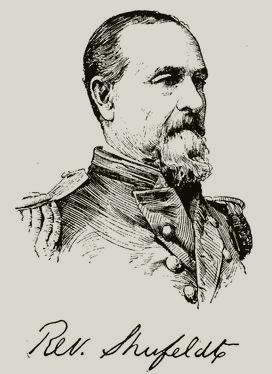COMING TO A THEATRE NEAR YOU- THIS VALENTINE'S DAY!!!!
HOMEPAGE FOR DIRTY DANCING 2: HAVANA NIGHTS
"Her life was about Rules. His life was about Freedom."
http://www.dirtydancinghavananights.com/home.html
Often Imitated. NEVAH DUPLICATED. ROBERTOREG KEEP THANGS SIMPLICATED!
COMING TO A THEATRE NEAR YOU- THIS VALENTINE'S DAY!!!!
From: "Ruthie"
Robert:

http://www.civilwar-photos.com/images/maffitt.jpgIn 1862 John Newland Maffitt was given command of the Confederacy’s first commerce raider, Florida. May 4, 1862, then commanded her until October 1863. At some point during his command he was photographed by a Northern firm, C.D. Fredericks & Co., based in New York. However, they had branch operations in Havana, Cuba, and Paris, and it is at one of these that Maffitt sat for his photograph. On August 7, 1863, Maffit was promoted to commander. The commander’s cap badge bore two stars, while the cap badge in Maffitt’s photograph bears the single star of a lieutenant.

http://www.geocities.com/theprezz/trent/trent.htm
The following chronology is adapted from Stephen R. Wise’s Lifeline of the Confederacy (Columbia: University of South Carolina, 1988), Robert E. Denney’s The Civil War Years: A Day-by-Day Chronicle (New York: Grammercy, 1992), and U.S. Navy's Civil War Naval Chronology, 1861-1865 (Washington: Navy Department, 1971). Note that some dates of Denbigh’s arrivals and departures are unknown, and so have been left out of this chronology.
Yours truly,

 Barto Arnold
Barto Arnold
Dear Robert,
Denbigh To Be Featured At Galveston County Historical Museum Denbigh
Professor Thompson has taught at Yale since 1961, and has served as visiting curator at UCLA's Museum of Ethnic Arts (1970), at the National Gallery of Art (1974). He has organized several major exhibitions, including The Four Moments of the Sun (1981) and The Face of the Gods: Shrines and Altars of the Black Atlantic World (1985) at the National Gallery of Art. Prof Thompson has received research grants from the Ford Foundation (1962-1964), the Yale Concilium on International and Area Studies (1965), the National Institute of Medicine and Science (1975), the National Institute of the Museums of Zaire (1976), and the National Gallery of Art (1977, 1979, 1980). He has served on the Joint Committee on African Studies of the Social Science Research Council and American Council of Learned Societies (1966-1973), as Chairman on the Humanities Committee of the African Studies Association (1966-1970), and in numerous capacities at Yale.
In November 17-20, 2003, the University will sponsor an Alabama Cuba Conference on the University of Alabama campus, Tuscaloosa, Alabama.
Alabama-Cuba Week Conference
From: "robertoreg2003"

Send all suggestions and other unwanted comments to robertoreg@hotmail.com
